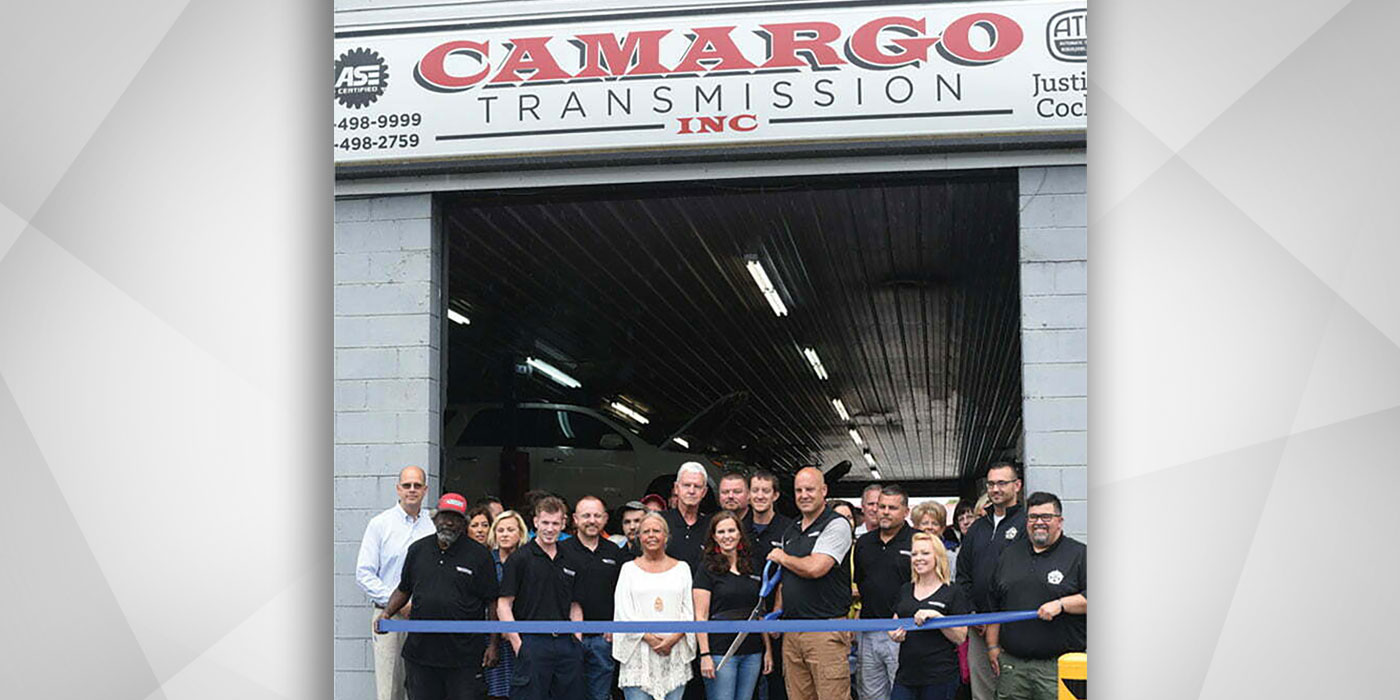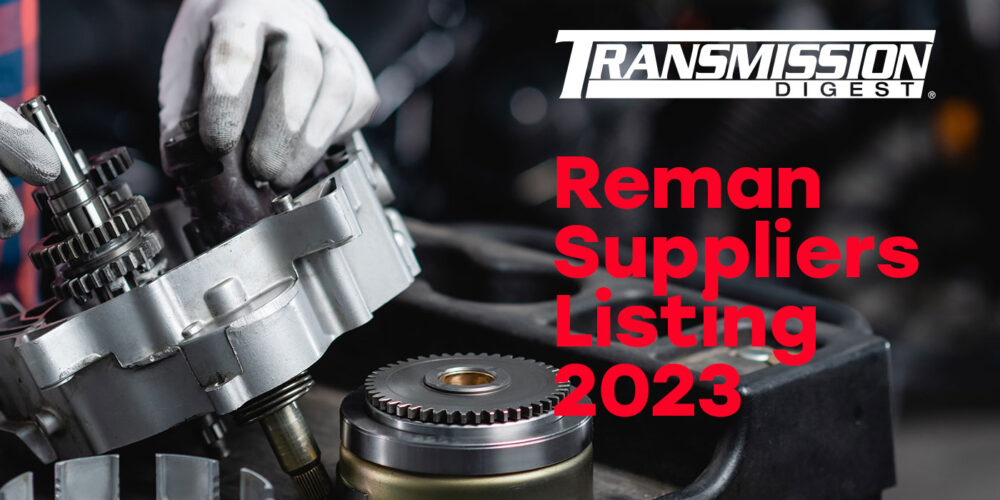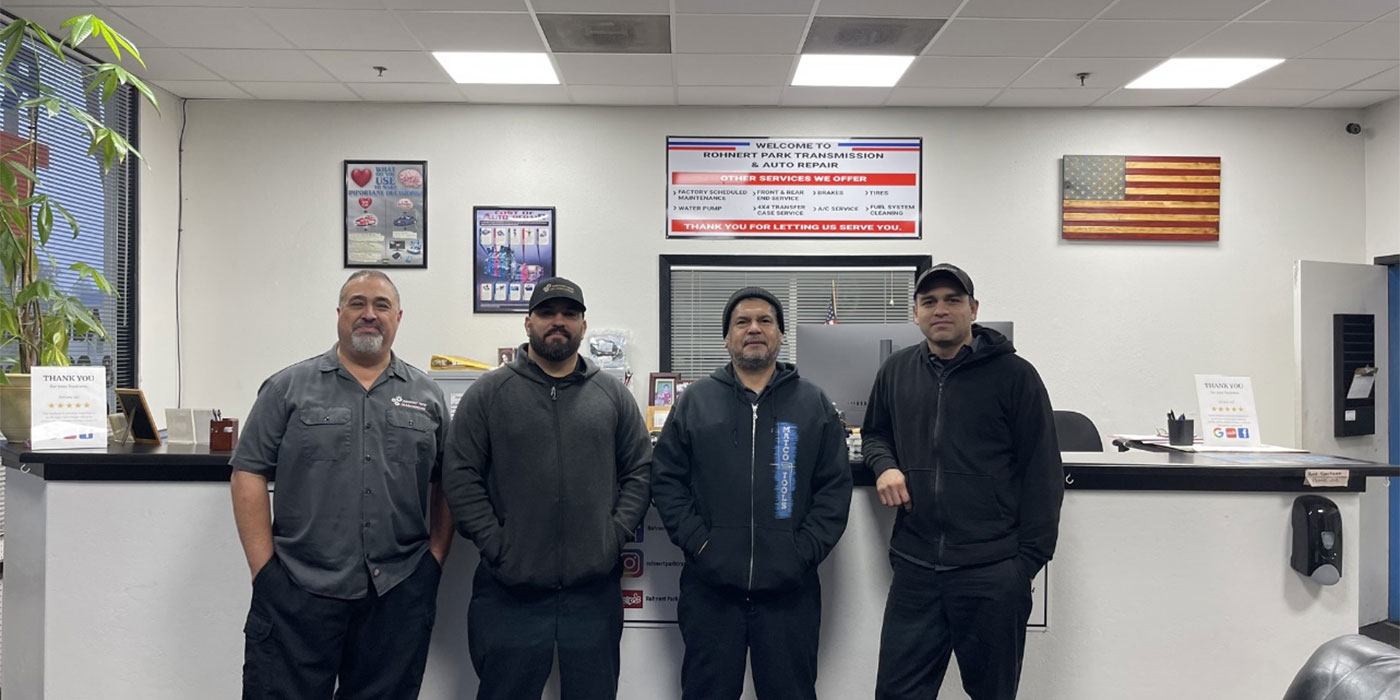
It’s Your Business
- Author: Terry Greenhut, Management Editor
I hate to discount anything. When you drop your prices you show weakness. It makes your customers think you are easy to take advantage of. The problem is that once you start to drop prices you tend to keep doing it. Before you know it your profit is all gone and your customers are in complete control of your business.
Some businesses have found that keeping their prices high but offering to rebate an amount, from time to time, that seems substantial to the customer is a good way to go. It allows them to make sales at full price and at the same time gives the appearance of a discount. Will the company actually pay the rebate? Most times they will, but they might put customers through torture to get it. The forms must be filled out absolutely correctly or they will get kicked back. All supporting documentation must be present as well. Things like the original bill of sale, the UPC code from the side of the box, the serial number or some obscure service number also must be accounted for.
Some people who buy items with rebates hardly ever collect on them. Usually it’s because they just simply forget to do the necessary follow-up. They have all the best intentions, but then life gets in the way. Although they plan to send in the forms to claim their rebate, they just don’t. I think I’ve figured out what the major factor is and why it occurs.
People tend to compartmentalize their lives. They want to handle a project and move on to the next one. A rebate is after the fact. The purchase is already made. The product or service is already being used or has been used, maybe in its entirety. This phase is over and the consumer’s mind moves on to handle the next problem or purchase.
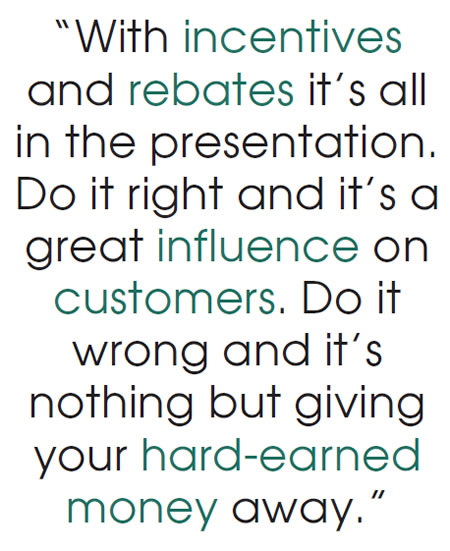
I’ve caught myself doing it several times. I’ll buy something like a cell phone that has a $50 rebate and never send it in. I intend to, but I just don’t. I get busy with other things and forget all about it. As I’m writing these words I’m thinking about the times I did send in the paperwork. I can’t ever remember actually receiving the rebate checks.
Maybe I never did. Maybe rebates are set up so that you have to badger the company several times before they actually send them to you. Some companies might even have a secret policy that customers don’t get their rebates unless they ask more than once. I wonder what percentage of people actually put in for or receive their rebates on goods or services they buy.
Just to show you how much influence a rebate can have on a consumer, last week I ordered a new TiVo digital video recorder on the Internet. The price was $399. It had a $100 mail-in rebate. Even though I haven’t mailed in the rebate forms or other information they requested, in my mind I paid only $299 for it and it probably will stay that way even if I never mail them in or if I never actually receive the rebate. When someone asks, “What did you pay for that TiVo?” I’ll answer, “$299.”
Customers always want to believe they got a deal, regardless of whether they did. A perfect case in point is the story of the young fellow who bought a lawn-mower repair shop from an old-timer who had the business for 40 years. Every spring the old-timer would run an ad in the local newspaper, “Lawn Mower Inspection and Tune-Up $27.95.” When people would come in for the service he would always give a $3 discount as they were paying their bill, bringing the effective cost down to $24.95. The customers seemed very happy to get the $3 discount, so he kept up the practice year in and year out.
When the young fellow took over, he looked at the situation and said to himself, “This is a bunch of nonsense charging $27.95 and then knocking off $3. I’ll just run an ad for the special at $24.95.” He did that, and people brought in their lawn mowers for the service. When it came time to pay the bill customers would ask, “Where’s the discount the old man used to give? He always gave me some money back. Why aren’t you doing that?”
The young fellow would try to explain that he had already discounted the price $3 so the customers were receiving the same bargain, but they weren’t going for it. You see, the customers couldn’t remember whether the price was $27.95 or $24.95. All they could remember was that the old man always gave them something back and the young fellow did not.
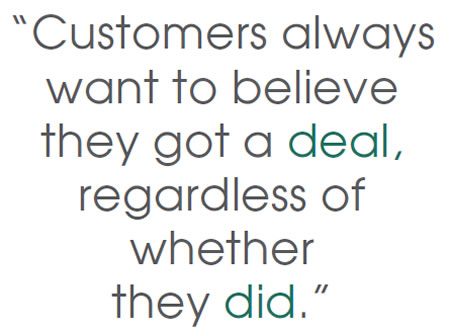
Fortunately, the young fellow was smart. It didn’t take him too long to figure out the problem. He raised the price to its original amount and gave the customers their $3 cash-back discount or rebate, whichever you choose to call it, and everyone lived happily ever after.
One term that is being used a lot today is “instant rebate.” That is simply a discount with a different name, but it can be effective in the perception of maintaining the price structure but at the same time offering something to attract customers who are price conscious or sensitive.
A rebate might be a good way to bring in previous customers for additional services. If you are strictly in the transmission business and are thinking of taking on additional services to offer your existing customer base, rebates on those services might attract those customers. A $5 rebate on an oil change or a $20 rebate on replacing a timing belt might make a customer come to you as opposed to your competition.
One of the major differences between a rebate and a discount is that the rebate can be put on or taken off at will. The discount somehow goes on forever and can even get bigger. It never seems to get smaller.
A very successful program that I ran for several years with my wholesale accounts was in essence a rebate program. If they would buy 10 transmissions from us, the 11th one was free. Basically that was a 10% discount, but they couldn’t get it until they bought 10. When they sent the 11th job to us it would be done and sent back with a bill that said, “No Charge: Thank you for your business.” The shop would sell the job to its customer for its normal price, only on this particular one they would not owe us anything. All the money they collected from the customer was theirs.
The net result was that business from that shop would increase substantially immediately after they received their free job. They wanted to get enough sales to get another free one real quickly. The program also kept other shops from pirating the account. We always let them know how close they were to a free job. That way if another salesperson tried to get them to switch, they would always be in a position where they had either just gotten their payoff for a big job or they were on their way to getting one. Either way they wouldn’t switch.
Would that shop have been thankful for a 10% discount? Probably not. It’s doubtful they would even have noticed it, but the free job after the 10th one and the opportunity to make a big chunk of money, that they won’t forget.
One of my favorite rebate or commission stories is the one about the outside salesman who walks into the garage and shakes the owner’s hand, leaving a $50 bill in it. When the owner asks, “What’s this for?” the salesman says, “Oh, that’s your commission for sending Mrs. Jones to me.”
Now one of two things would happen, since Mrs. Jones really didn’t exist. The first is that the garage owner would give him back the $50 and tell him that he didn’t recommend any Mrs. Jones. If that happened the salesman would say, “I’m sorry, it must have been (name another garage owner down the street) who sent Mrs. Jones. I’ll just go and give this to him.” In that case the garage owner would know what he missed out on and would begin to recommend people. The other scenario is that he would just stuff the $50 in his pocket and would know there was a lot more where that came from if he would keep recommending customers.
With incentives and rebates it’s all in the presentation. Do it right and it’s a great influence on customers. Do it wrong and it’s nothing but giving your hard-earned money away.

Visit www.TerryGreenhut.com.




